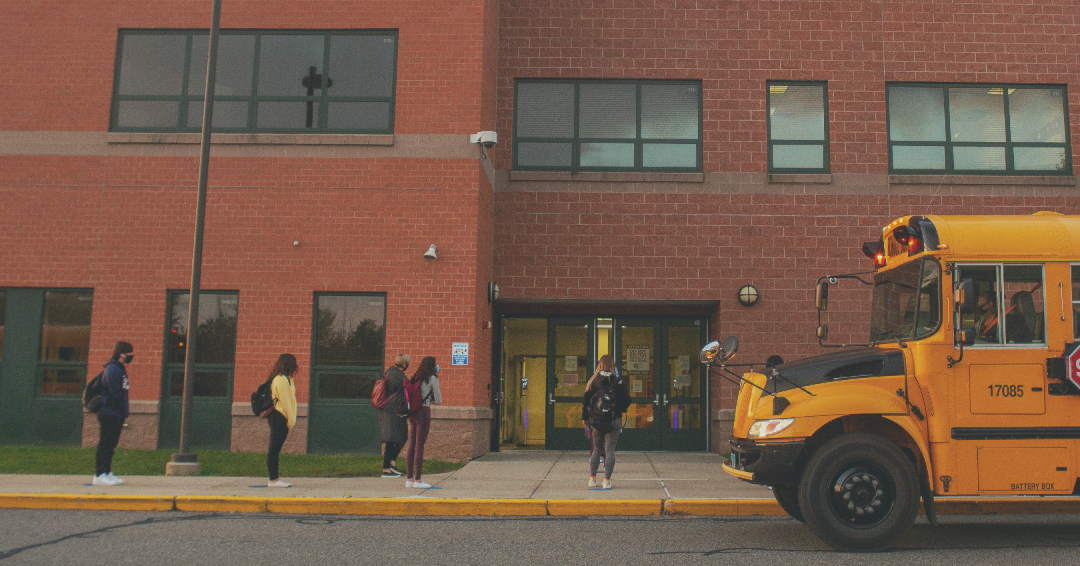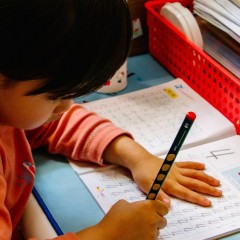“For the last two decades, student enrollment in public school in Texas has been growing by leaps and bounds,” Morath told the committee Feb. 6. “We added probably 70,000 kids a school year for the better part of 10 or 15 years. To put that in perspective, it's sort of like an Austin ISD-sized school system emerged from whole cloth every single year."
But those days may be over. The commissioner said the state experienced a sharp decline after COVID-19, but a longer-term shift is occurring because of a “demographic bubble” caused by declining birth rates since 2011. Moreover, net international immigration is down over the past 10 years, he said. As a result, enrollment will fall about 2% over the next several years. This is a somewhat more optimistic scenario than public school enrollment nationally, which is expected to fall 6% by 2030, according to federal estimates.
Some districts will continue to grow in Texas, of course, particularly in the suburbs within large metropolitan areas, but across the state, fewer families are having children, Morath said, and those that do are having fewer of them.
In Texas and elsewhere, large, urban core school districts have already been experiencing enrollment declines. In the five school years between 2017-18 and 2021-22, HISD enrollment dropped by almost 20,000, or about 9%. Other districts, such as El Paso, Fort Worth and San Antonio, are facing even steeper enrollment drops, with 12-13% fewer students enrolling over the same time period.
The decline in HISD in particular lines up with an erosion of the population under age 18 in Houston. According to Census estimates, 20% fewer school-age children lived in HISD boundaries in 2021 compared to 2017, equivalent to 62,000 fewer potential school-age children. By comparison, the overall population inside the district is estimated to have dropped only 3.5% during that time frame, or by about 52,000 people.
HISD and other urban districts are not only contending with fewer potential students, but they are also facing increased competition from growing charter school networks. According to TEA enrollment data, net transfers out of HISD—students who were zoned to HISD schools but transferred out of the district or to an out-of-district charter school—increased by 10,000 since 2017. Just two charter school systems, YES Prep and KIPP, accounted for half of that loss in potential enrollment.
In HISD’s case, this increase in out-of-district transfers explains about half of the enrollment decline over the past five years. This competition would only be expected to increase as charter networks expand campuses locally.
These forces are among the reasons HISD is challenged by an anticipated $217 million budget shortfall. Of course, even school districts with rising enrollment are facing budget woes. Fort Bend ISD, which has grown its enrollment 3% since 2017, asked voters last year to raise taxes to close a $48 million gap. (They declined, forcing the district to consider budget cuts.)
HISD is exploring budget cuts, including campus closures, a move that other large urban districts including LA Unified and Denver are considering as well. Further public discussion of school closures at HISD has simmered since the topic was broached in November, but it remains one of several tools to address the budget and manage declining enrollment.
Even with understandable demographic headwinds, closures will be wildly unpopular—with good reason. They contribute to neighborhood decline and result in less-than-ideal academic outcomes. Choosing which schools to close will not be as easy as picking the ones with the biggest enrollment drops, as declines are widespread throughout the district’s 276 campuses.
In 2016, the Kinder Institute’s Houston Education Research Consortium assessed outcomes resulting from HISD closures that were conducted two years prior. The analysis found that school closures disproportionately displaced Black and poor students, and “while students generally transferred to slightly more advantaged and academically higher-performing schools, few transferred to HISD’s highest-performing schools.” Even when lower-performing schools were closed, students did not necessarily get access to much better circumstances after the moves.
“I think the troubling thing is that, it’s kind of a mixed bag,” HERC’s Kori Stroub said at the time. “Closures have the potential to academically benefit certain students, but they can also have lasting negative consequences.”
As HISD navigates its fiscal cliff, the statewide enrollment decline has implications for school finance, as school districts receive state funding based on enrollment and attendance. This enrollment shift is also occurring as education funding—and especially its impact on property taxes—remains a subject of intense interest among lawmakers this legislative session.
School finance certainly has room for improvement: Texas ranked 42nd for per-pupil funding in 2020-21, according to statistics compiled by the National Education Association. In the Houston area, per-pupil funding levels have tended to be even lower than the state average.
Houstonians widely agree public education needs more support, especially in recent years, according to the Kinder Houston Area Survey. In 2022’s survey, 67% agreed school districts need significantly more funding.



